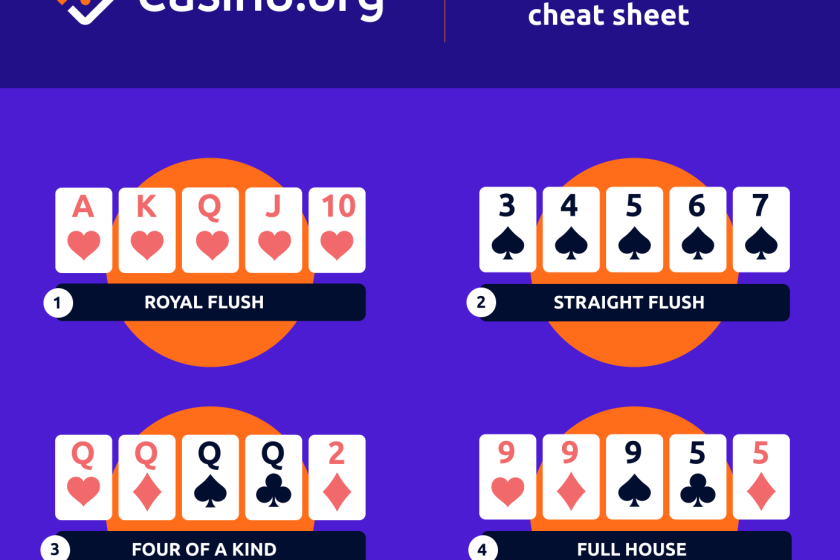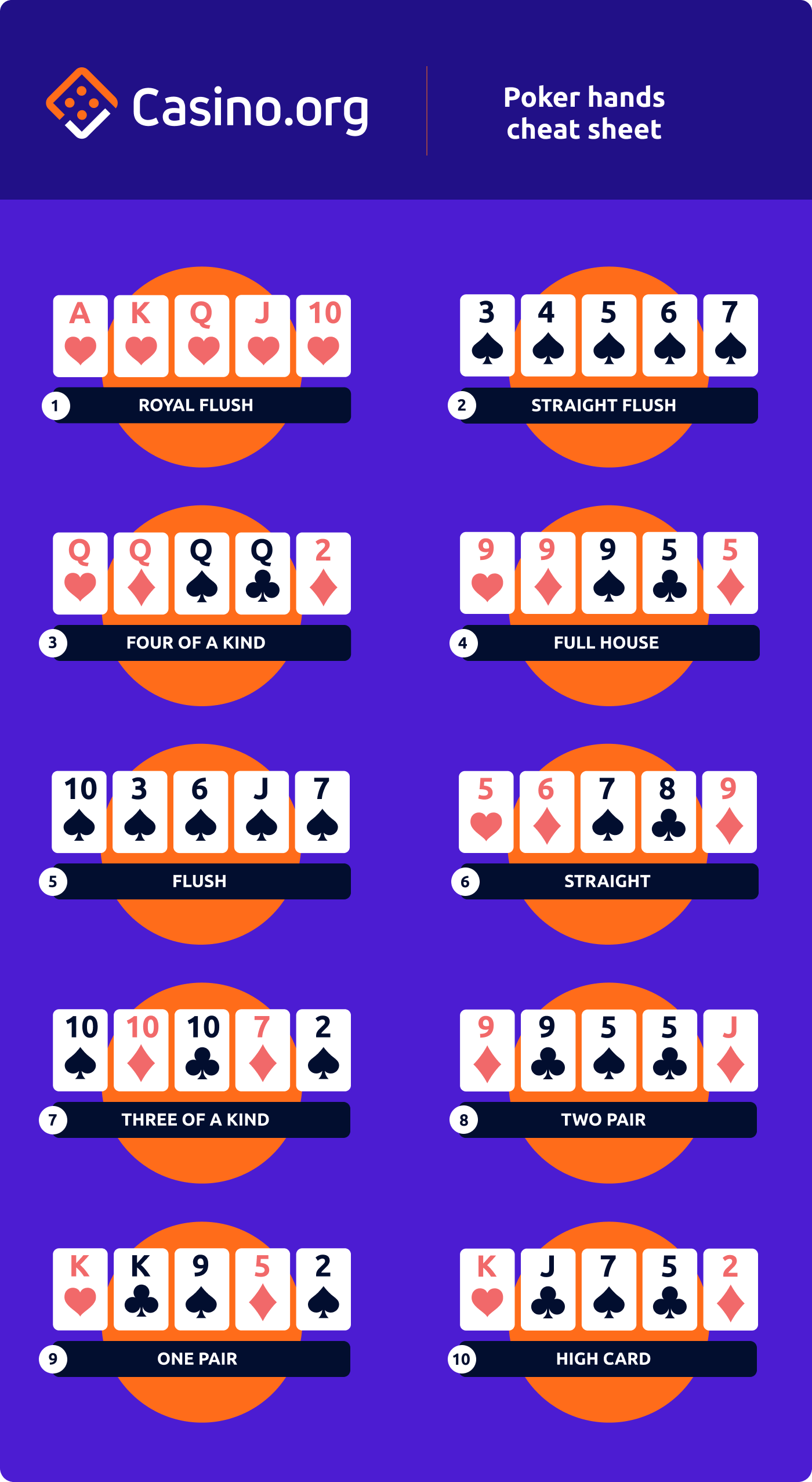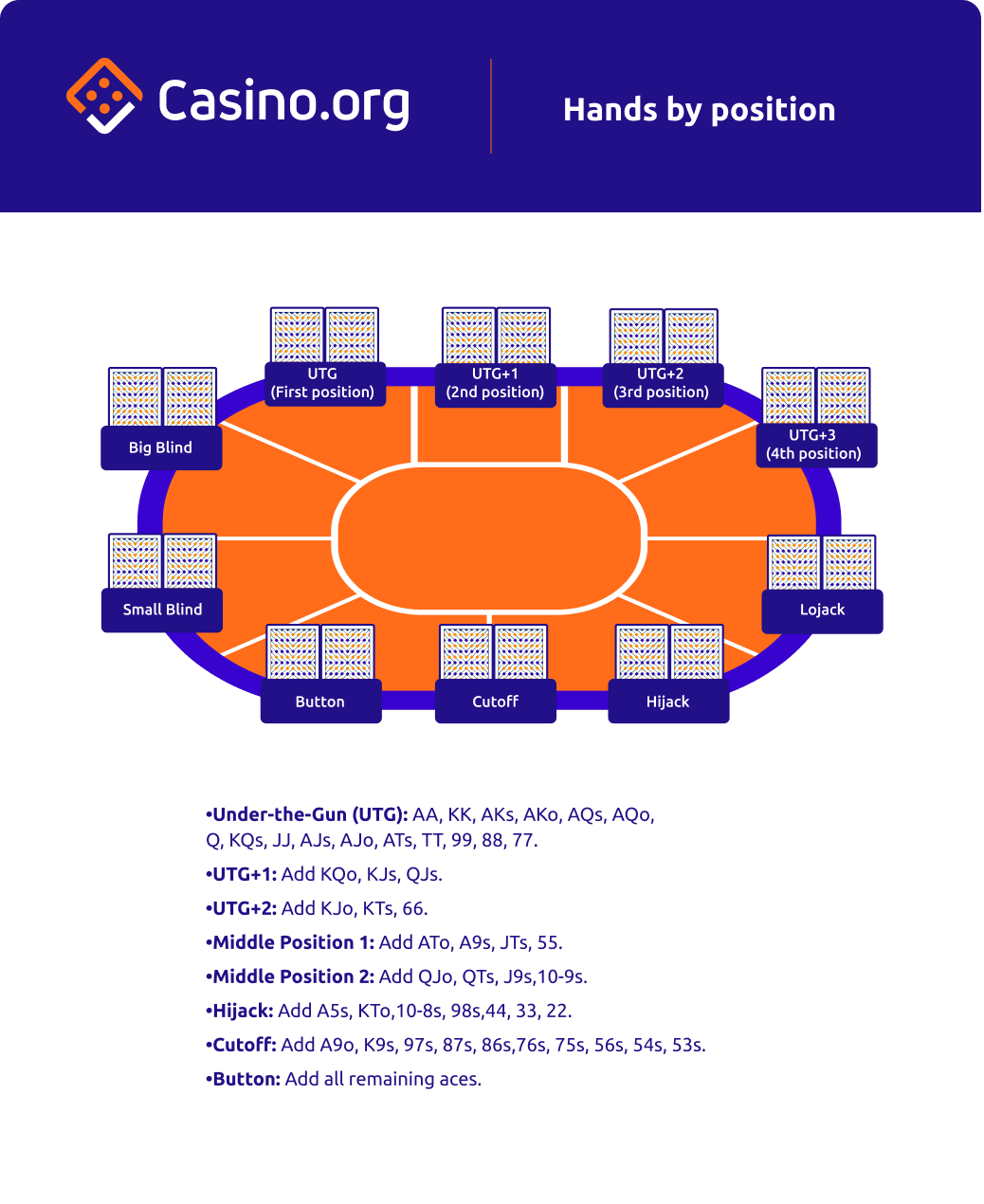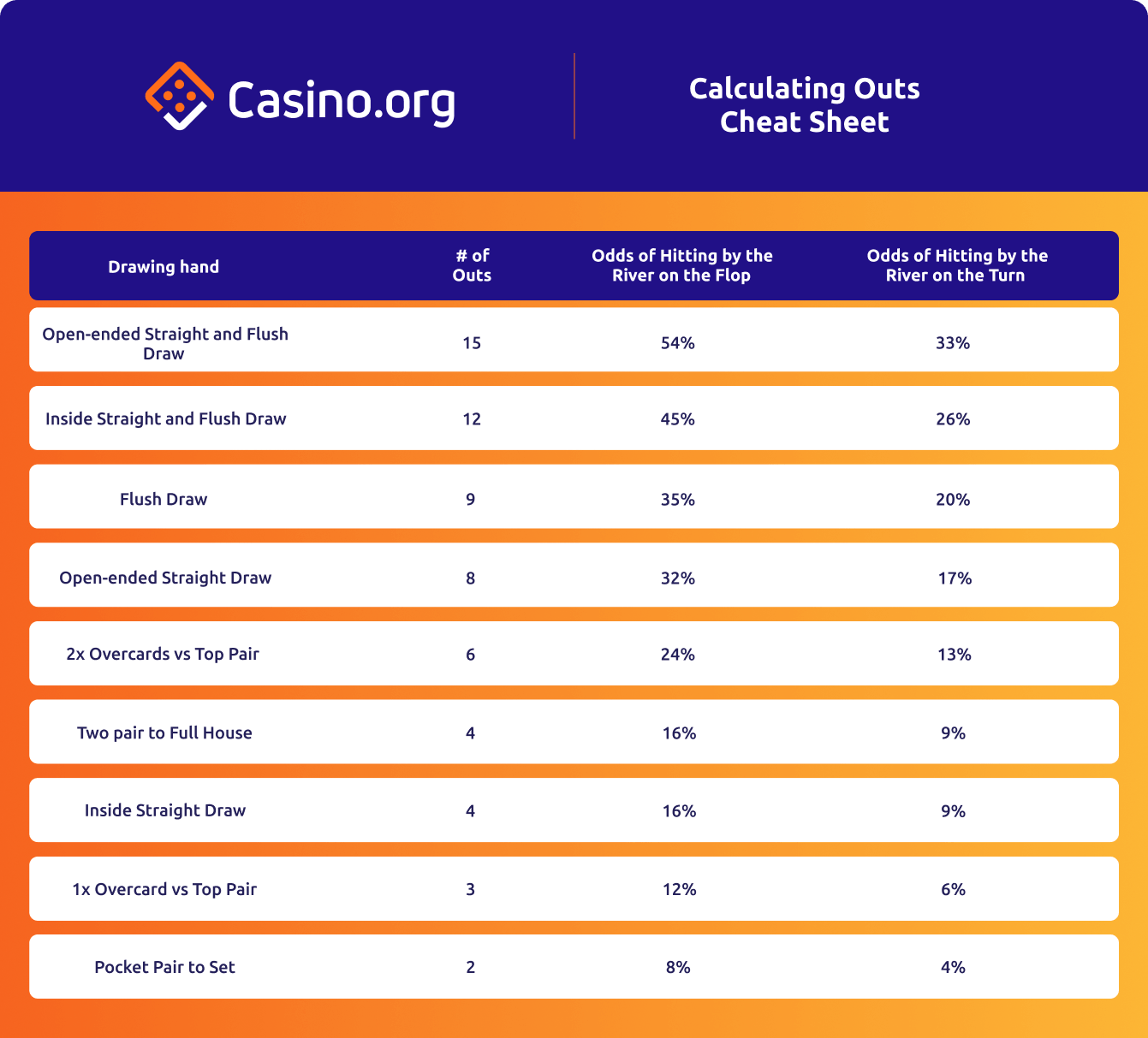Become a Poker Pro: Essential Cheat Sheets to Master Texas Hold'em

How To Play Like A Pro: Easy Poker Cheat Sheets For Beginners
Learning poker can be intimidating, but using expert-backed cheat sheets can fast-track your understanding and give you the edge you need. Whether you’re just starting out or looking to reinforce your knowledge, these guides cover everything from hand rankings to calculating your chances of winning. Below, you’ll find clear, actionable cheat sheets designed for beginners who want solid, winning fundamentals in Texas Hold’em.
- Poker Hand Rankings Guide
- Starting Hand Selection
- Essential Poker Odds
- Counting Outs and Equity
- Printable Poker Cheat Sheets
Even if you’ve never held cards before, these sheet-based tips can quickly build your confidence. Mastering even the basics-like knowing which hands to play-can vault you above most beginners at the tables. The secret is discipline, not just memorizing hands, but knowing when and how to use them.
Poker Hand Rankings Guide
At the heart of poker strategy is understanding which hands outrank others. Knowing the hierarchy of hands ensures you’re always aware of your chances and when to push or fold. While hand rankings are fundamental, being familiar with them is only a part of your road to becoming a solid player-next, you’ll want to focus on which hole cards to get involved with.

Poker Hands Cheat Sheet
Download Poker Hands Cheat Sheet (PDF)
Starting Hand Selection: Build Your Winning Foundation
Surprisingly, successful poker often means folding and waiting for the right hands. Top players reject about 80% of dealt hands before the flop-meaning most hands you get aren’t worth playing. Learning selective starting hand strategies greatly increases your success over time.
When you peek at your cards, excitement is natural. But most hands are statistically weak and best discarded. The path to consistent wins starts with playing only strong cards.
Below, find a breakdown of which hands you should play at different experience levels:
For Beginners and Casual Players
- Stick to hands that could make a royal flush: only suited combinations of Ace, King, Queen, Jack, or Ten.
This keeps your range tight and your decisions simple. You’ll be folding a lot, but that’s exactly right for beginners.
For Intermediate Players
Expand your playable hands to include three main types:
- Broadways: Any two cards among Ace, King, Queen, Jack, Ten, suited or not (e.g., King of Clubs and Queen of Spades).
- Pairs: Any pocket pair (two cards of the same rank).
- Suited Connectors: Consecutive, same-suit cards (e.g., 9♠-8♠, 6♦-7♦).
These hands give you more ways to make strong hands on the flop and beyond.
For Advanced Players
To maximize your edge, tailor your starting hands by position at the table. The earlier your seat, the tighter your selection should be. Raise first-in with only the strongest hands from early position. Open up your range as you get closer to the dealer button.
Reference charts like the one below help you decide precisely which hands to raise from each seat.

Poker Hands by Position Cheat Sheet
Download Position-Based Starting Hands Cheat Sheet (PDF)
As your skills develop, feel free to adjust based on table conditions, the tendencies of opponents, or changes in stack size. These guidelines give you a strong starting point for developing a disciplined strategy.
Understanding Starting Hand Strategy: Key Concepts
Why Avoid Weak Kickers?
Playing hands like Ace-Eight gets you in trouble against stronger aces-your "kicker" will often lose to players holding Ace-Jack or better. Avoiding weak aces saves you from costly situations where you’re beaten by a higher second card.
The Power of Pocket Pairs
Pairing your hole cards instantly gives you a strong, "made" hand, regardless of what’s on the board. These hands often remain ahead after the flop, giving you a built-in advantage over players chasing draws. However, note that flopping an additional pair is actually uncommon-about one in three times. Knowing this helps you manage expectations and value your pairs accurately.
- Flop improvement: Around 33% of the time you'll pair one of your hole cards on the flop.
- This applies to both you and your opponents, so pairs carry an edge.
When to Play Suited Connectors
Suited connector hands can form powerful straights and flushes, but they require more skill to play profitably. These hands shine against multiple opponents and in pots where you can extract value. However, avoid them if you’re uncomfortable playing draws or bluffing, as winning with them relies on strong post-flop decision-making.
For instance, if you hold 8♠-9♠ and the flop lands A♠-K♠-4♥, you’d need another spade for a flush. But if one doesn’t arrive, plan an exit or bluff wisely. These hands amplify in value once you’ve developed post-flop skills.
Essential Poker Odds: What Are the Chances?
Mastering poker odds lets you make mathematically sound decisions. Below are common scenarios and your approximate chances of improving or holding the best hand:
- Flop any pair: 29%
- Flop two pair: 2%
- Flop three-of-a-kind (set): 12%
- Flop a flush: 0.84%
- Make a flush by the river: 35%
- Complete an open-ended straight by the river: 32%
- Make a gutshot straight by the river: 16%
- Make a full house by the river after flopping a set: 33%
- Pocket pair vs two overcards: 51%
- Lower pocket pair vs higher pair: 18%
- Pair vs one overcard: 70%
- Kicker pairing: 25%
- Backdoor/runner-runner flush (need both turn and river to complete): 4%
Knowing these numbers helps you avoid chasing long shot draws and make better calls and folds. Many seasoned players still misjudge the odds for drawing hands, so internalizing these stats gives you an instant advantage.
Top three probabilities to remember:
- Chance to make a flush by the river: 35%
- Chance for open-ended straight by the river: 32%
- Pocket pair vs two overcards is close to 50-50
Note: If you’re calculating odds with just one card to come (after the turn), the chance is about half the "by the river" value. For example, your chance to complete an open straight draw drops to around 16% with just the river card to come.
To practice, try free poker odds calculators to see these scenarios in real-time and reinforce recognition through repetition.
Counting Outs and Equity: Maximizing Your Chances
“Outs” are cards that will help transform your hand into a likely winner. Counting outs is a crucial step for every hand you play. Here’s how you can estimate your win probability quickly:
- Multiply your number of outs by four for your chance of hitting by the river (two cards to come).
- Multiply outs by two for your chance on just the turn or just the river (one card to come).
Example:
If you’re holding 7♣-6♣ and the flop is 9♦-8♥-3♠, any 5 or 10 gives you a straight. There are four of each in the deck, totaling eight outs. Multiply 8 by 4 for roughly a 32% chance to improve by the river.
For a flush draw, there are nine cards of the suit left (excluding your two and two on the board).
- 9 outs × 4 = 36% chance to complete if both turn and river are to come
- 9 outs × 2 = 18% chance if only one card remains
Over time, these calculations become second nature, helping you to instinctively spot profitable situations and avoid costly errors.

Calculating Outs Cheat Sheet
Download Outs Calculation Cheat Sheet (PDF)
Downloadable & Printable Poker Cheat Sheets
Consolidate your knowledge and keep these handy references by downloading the cheat sheets below:
- Calculating Outs Cheat Sheet
- Poker Odds Cheat Sheet
- Poker Hands Cheat Sheet
- Position-Based Hands Cheat Sheet
Keep these sheets by your side as you play or study. With consistent review and practice, you’ll soon find yourself making sharper decisions, reading the table better, and confidently playing poker like a pro.
Looking for more in-depth strategies? Explore guides such as What Is a Straddle in Poker?













